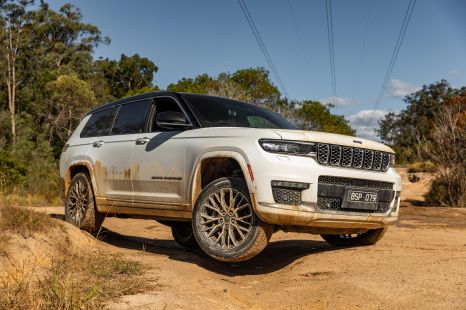

William Stopford
Every SUV, ute and van discontinued in Australia in 2025
6 Hours Ago
Toyota RAV4 and Mazda CX-5 are the sales kings over the past decade, while the BMW X3 and X4 twins took the luxury title.

Senior Contributor
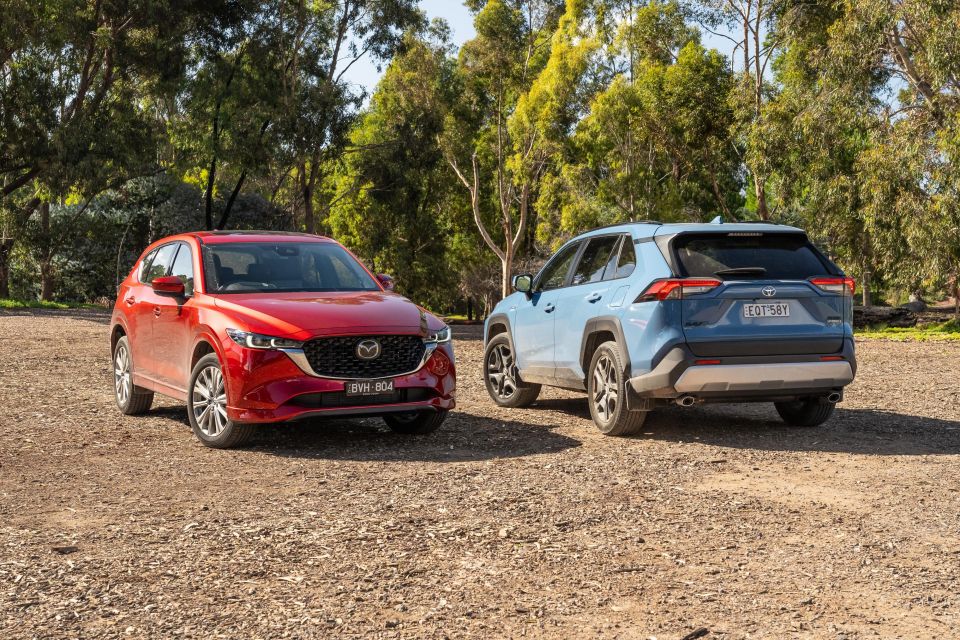

Senior Contributor
Medium SUV sales and share in Australia almost doubled over the past decade, as buyers abandoned traditional passenger-car segments at a rate of knots.
Australians took delivery of around 1.74 million new medium SUVs over the past 10 years, across the mainstream and luxury segments.
Annualised mid-sized SUV sales spiked from 119,464 units in 2013 to a record 216,151 units in 2022, with each increase coming steadily despite two years of COVID-related stock shortages.
This equates to growth in medium SUV market share from 10.5 per cent to 20.0 per cent – sufficient to make this the most popular of all vehicle segments last year, ahead of 4×4 utes.
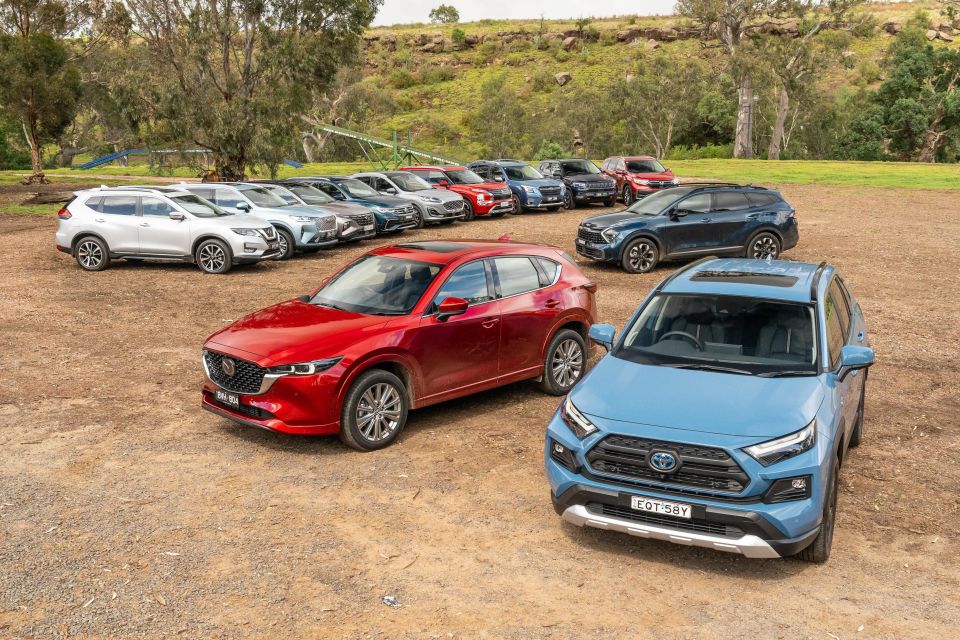
This near-doubling is explained by the fact the new car market has actually failed to grow over the past decade.
Market-wide sales tallied in 2013 (1,136,227) were actually 4.8 per cent greater than what we saw moved across 2022 (1,081,429), the year in which medium SUVs set their high-water mark.
As you’d expect, the dramatic increase in medium SUV uptake has attracted a raft of new nameplates over the past decade, adding competitiveness. However the majority of these new products sit within the high-margin luxury end of the market.
Between 2013 and 2022, the number of individual medium SUV nameplates classified as mainstream (VFACTS calls them Medium SUV < $60,000) on sale only oscillated between 17 nameplates and 24 nameplates.
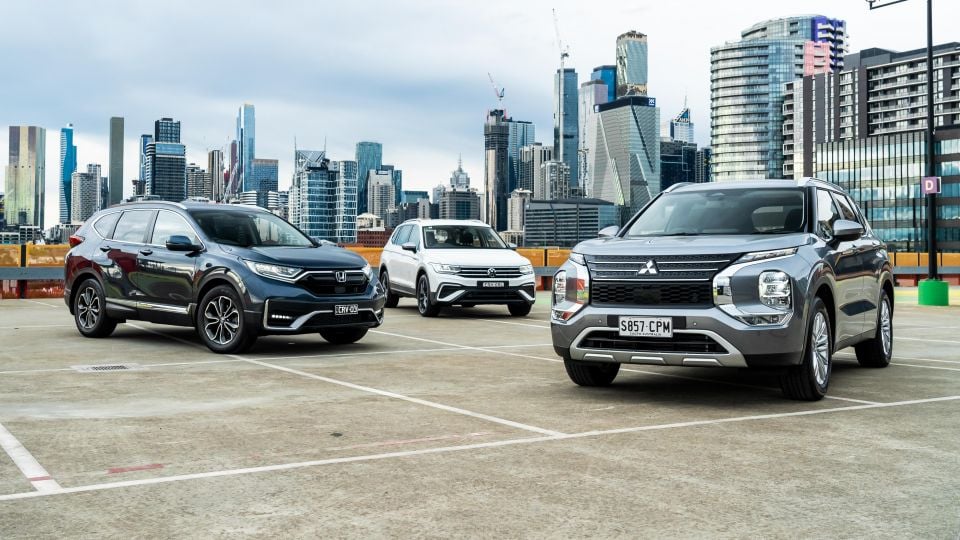
Core vehicles in this segment include top-sellers such as the Toyota RAV4, Mazda CX-5, Hyundai Tucson, Kia Sportage, Mitsubishi Outlander, Nissan X-Trail, and Volkswagen Tiguan – among myriad others.
But over the same period, the number of luxury medium SUV nameplates (dubbed Medium SUV > $60,000 in VFACTS) over the same 10-year period spiked from just five offerings in 2013, to 20 offerings in 2022.
Core vehicles in this segment include the Mercedes-Benz GLC, BMW X3, Audi Q5, Volvo XC60, and Lexus NX.
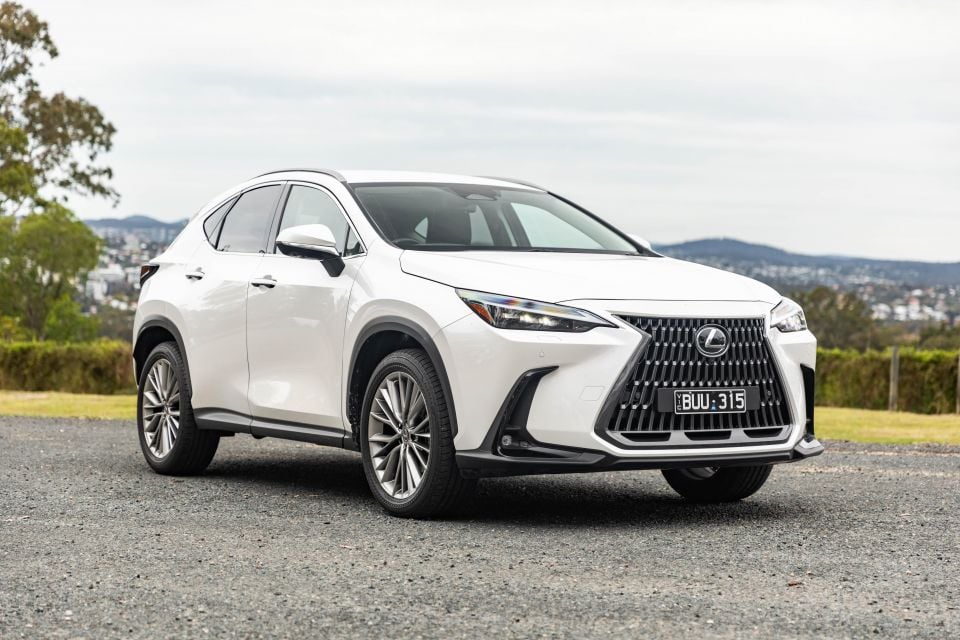
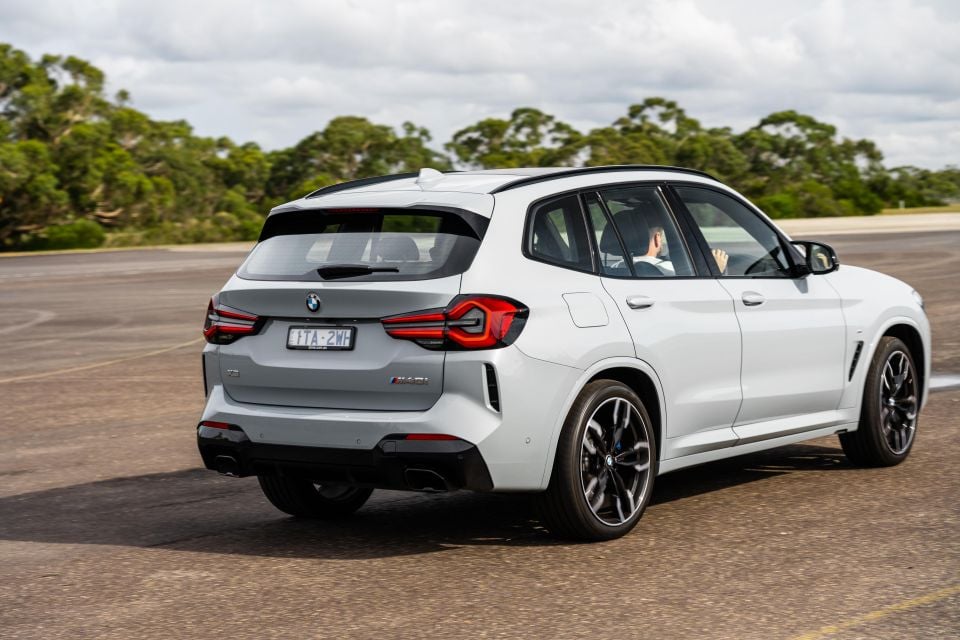

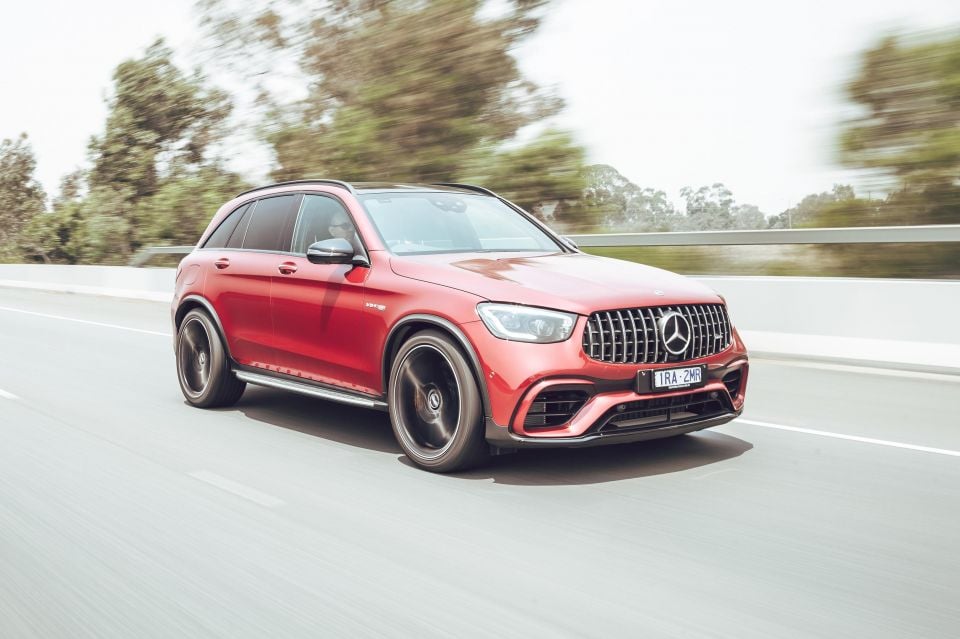
We’ve also collated annual sales since 2013 to find out what the top-selling medium SUVs are. The results are, to be honest, not that surprising.
| Year | Sales | Share % |
|---|---|---|
| 2022 | 216,151 | 20 |
| 2021 | 180,165 | 17.2 |
| 2020 | 179,722 | 19.6 |
| 2019 | 203,233 | 19.1 |
| 2018 | 206,450 | 17.9 |
| 2017 | 195,655 | 16.5 |
| 2016 | 172,194 | 14.6 |
| 2015 | 144,937 | 12.5 |
| 2014 | 125,222 | 11.2 |
| 2013 | 119,464 | 10.5 |
| Year | Mainstream | Luxury |
|---|---|---|
| 2022 | 22 | 20 |
| 2021 | 20 | 16 |
| 2020 | 22 | 13 |
| 2019 | 24 | 14 |
| 2018 | 20 | 13 |
| 2017 | 21 | 12 |
| 2016 | 21 | 11 |
| 2015 | 18 | 9 |
| 2014 | 17 | 7 |
| 2013 | 20 | 5 |


William Stopford
6 Hours Ago
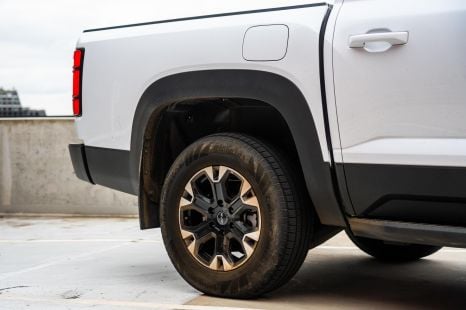

Ben Zachariah
7 Hours Ago
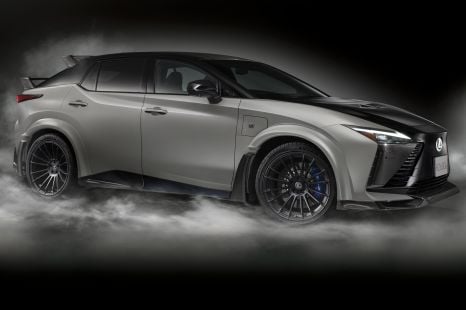

Derek Fung
8 Hours Ago
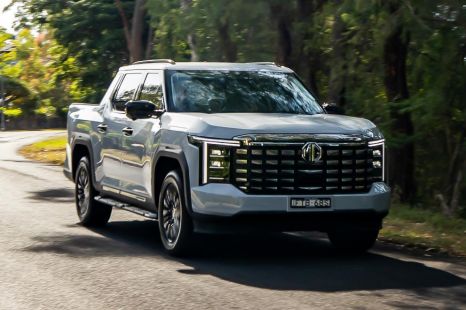

Matt Campbell
14 Hours Ago
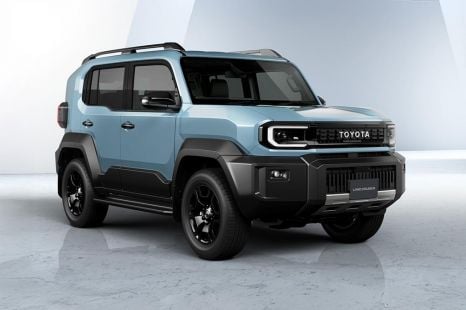

William Stopford
1 Day Ago
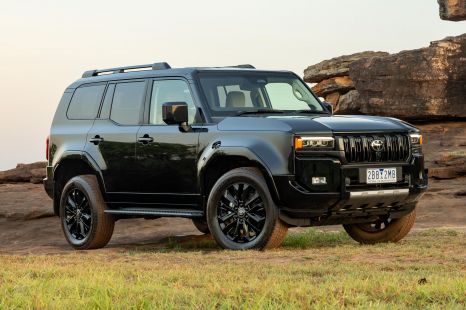

Josh Nevett
1 Day Ago